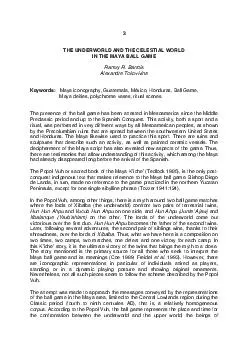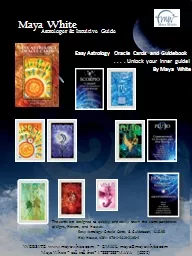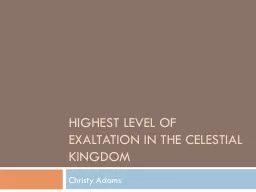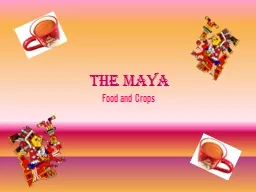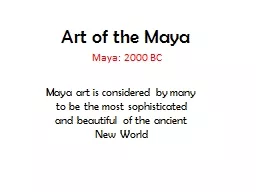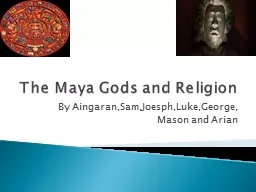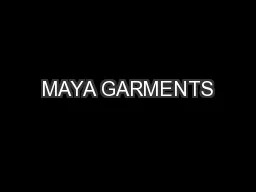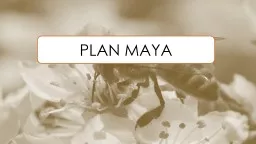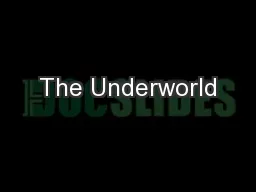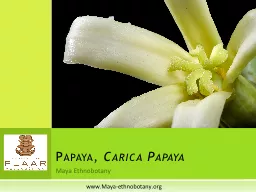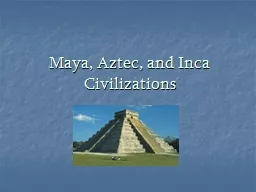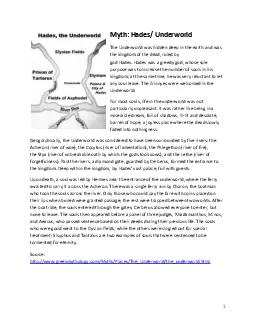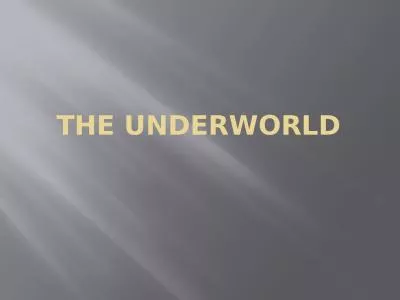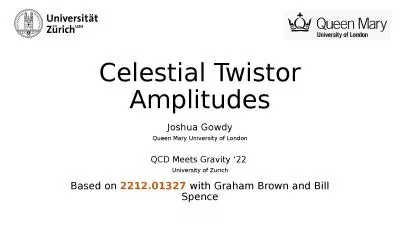PDF-THE UNDERWORLD AND THE CELESTIAL WORLD IN THE MAYA BALL GAME Ramzy R
Author : stefany-barnette | Published Date : 2015-02-21
Barrois Alexandre Tokovivine Keywords Maya iconography Guatemala Mxico Honduras Ball Game Maya deities polychrome vases ritual scenes The presence of the ball game
Presentation Embed Code
Download Presentation
Download Presentation The PPT/PDF document "THE UNDERWORLD AND THE CELESTIAL WORLD I..." is the property of its rightful owner. Permission is granted to download and print the materials on this website for personal, non-commercial use only, and to display it on your personal computer provided you do not modify the materials and that you retain all copyright notices contained in the materials. By downloading content from our website, you accept the terms of this agreement.
THE UNDERWORLD AND THE CELESTIAL WORLD IN THE MAYA BALL GAME Ramzy R: Transcript
Download Rules Of Document
"THE UNDERWORLD AND THE CELESTIAL WORLD IN THE MAYA BALL GAME Ramzy R"The content belongs to its owner. You may download and print it for personal use, without modification, and keep all copyright notices. By downloading, you agree to these terms.
Related Documents

